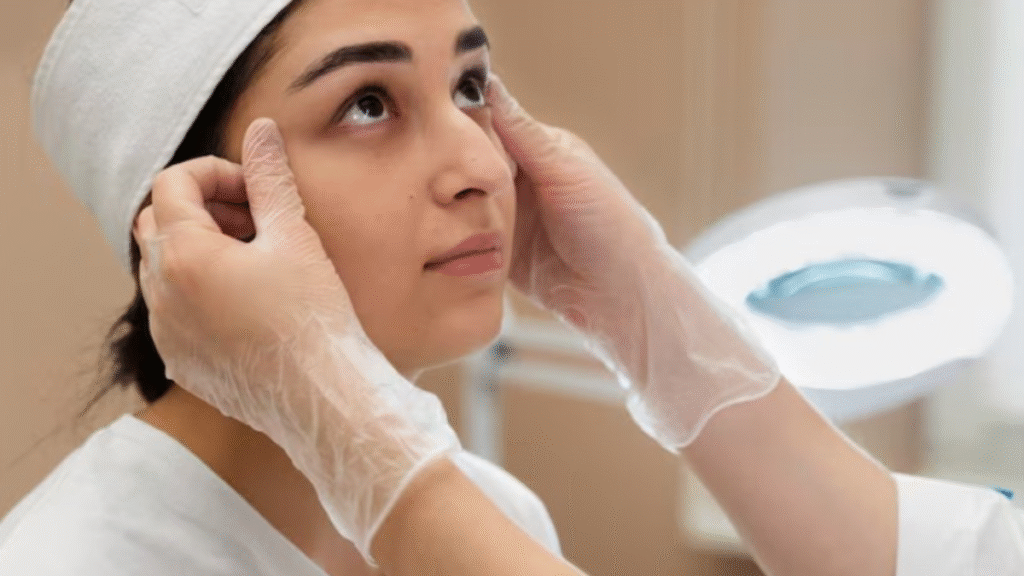Botox has become one of the most widely recognized treatments in cosmetic wellness, valued for its ability to smooth fine lines and restore a youthful appearance without surgery. While often associated with beauty trends, its effectiveness lies in a well-understood scientific process. Derived from a purified form of botulinum toxin, Botox works by temporarily relaxing targeted facial muscles that cause wrinkles to form through repeated movement. This reduction in muscle activity softens existing lines and prevents new ones from deepening, creating a refreshed, natural look. Understanding the science behind Botox demystifies the treatment and helps individuals decide whether it aligns with their aesthetic goals and skin health needs.
What Is Botox?
Botox, scientifically known as botulinum toxin, is a purified protein used in cosmetic medicine for facial rejuvenation. Approved by the FDA, Botox is primarily administered in controlled, small doses to smooth away dynamic wrinkles—those formed from facial movements such as smiling, frowning, and squinting. With its noninvasive enhancements, Botox has become one of the most sought-after treatments for minimizing visible signs of aging. Selecting providers who offer the best Botox treatments is essential to achieving natural and youthful results.
Botox is a non-surgical anti-aging treatment that involves temporarily relaxing targeted facial muscles, resulting in a softer, smoother appearance of the overlying skin. Its efficacy and safety profile make it popular among individuals seeking reliable anti-aging solutions. The science behind Botox is fascinating and highly evidence-based. When injected into precise facial muscles, Botox blocks chemical signals that cause muscle contractions, reducing the appearance of wrinkles that deepen with repeated facial expressions. This process does not affect the skin but allows it to lie smoothly over relaxed muscles. The result is a subtle yet noticeable improvement in the face’s appearance, which can boost self-confidence and comfort in one’s skin.
According to the American Academy of Dermatology, this mechanism is reversible and carries minimal risk when administered by trained professionals. Botox’s popularity is rooted in its ability to achieve noticeable yet natural rejuvenation without altering facial features or requiring downtime. Each treatment is tailored to the individual’s unique facial structure and desired outcome, ensuring a highly personalized approach to facial aesthetics. Botox is commonly used to diminish lines and creases in expressive facial regions, but its versatility extends to other areas, making it an adaptable solution for various facial aging concerns.
Safety and Effectiveness
Extensive clinical experience and scientific research affirm Botox’s reputation as a safe and effective anti-aging treatment. When performed by certified injectors, adverse effects are rare and typically mild, including minor bruising, swelling, or redness at the injection sites. Choosing an experienced medical professional considerably reduces the likelihood of complications. Many dermatologists and plastic surgeons receive specialized training in facial anatomy to optimize patient outcomes.
Patient satisfaction rates are consistently high. Adverse reactions, when they occur, are usually temporary and resolve with minimal intervention. Patients must provide a complete medical history during consultations to enhance treatment safety further. This step helps to identify any potential allergies or underlying health conditions that could affect the outcome or risk profile.
Botox’s positive reputation is built on decades of clinical practice and rigorous safety monitoring. In rare cases—such as when too much product is injected or if the injection is too deep—temporary effects like eyelid drooping or asymmetry can occur. However, these instances are uncommon with a skilled practitioner, and most individuals enjoy smooth, subtle, and natural results.
What to Expect During a Botox Appointment
The Botox appointment involves a consultation where a practitioner assesses facial dynamics and creates a personalized treatment plan. The procedure is fast, often taking less than 20 minutes, with minimal discomfort. Most patients experience temporary redness or swelling, gradually developing over 3-7 days post-treatment. Physical activity and direct manipulation of the treated area are advised for several hours after the appointment. Post-care instructions are provided to optimize results and reduce the risk of bruising or product migration. Common advice includes avoiding strenuous exercise, lying flat for several hours, and refraining from rubbing or massaging the injection sites. Understanding the process and following post-care recommendations significantly contributes to Botox treatments’ positive experience and outcome.
Duration of Results and Maintenance
Botox is a popular treatment for facial improvement, but its effects are not permanent. The smoothing results last between three and four months, after which muscle movement returns and lines may reappear. To maintain youthful results, patients are advised to schedule periodic maintenance sessions. Initial improvements are noticeable within three to seven days of treatment, peaking around two weeks post-injection. The natural fading of effects is expected by the third or fourth month, which signals the time for a follow-up. As muscles adapt to recurring treatments, some patients may require fewer touch-up,s and lines remain softer even before their next appointment. Setting realistic expectations with a provider helps ensure satisfaction and informed decision-making about scheduling sessions, contributing to the long-term benefits of Botox.
Current Research and Trends
Continuous advancement in medical research drives the evolution of Botox for both cosmetic and therapeutic uses. Exciting developments include its emerging roles in treating chronic migraines, hyperhidrosis, and jaw tension. Additionally, next-generation neuromodulators are being developed to provide longer-lasting results and even more natural facial movement. Researchers are also investigating smaller-dose “micro-Botox” techniques for skin quality, pore appearance, and subtle contouring effects.
With growing awareness and education about cosmetic procedures, many younger individuals seek “preventive Botox” to slow the development of deep-set wrinkles. Staying informed through reputable dermatology journals and highly regarded publications ensures that prospective patients remain up-to-date on the safest and most effective approaches for facial rejuvenation. As this field continues to grow, innovations are expected to expand the range of benefits that Botox can offer further.







